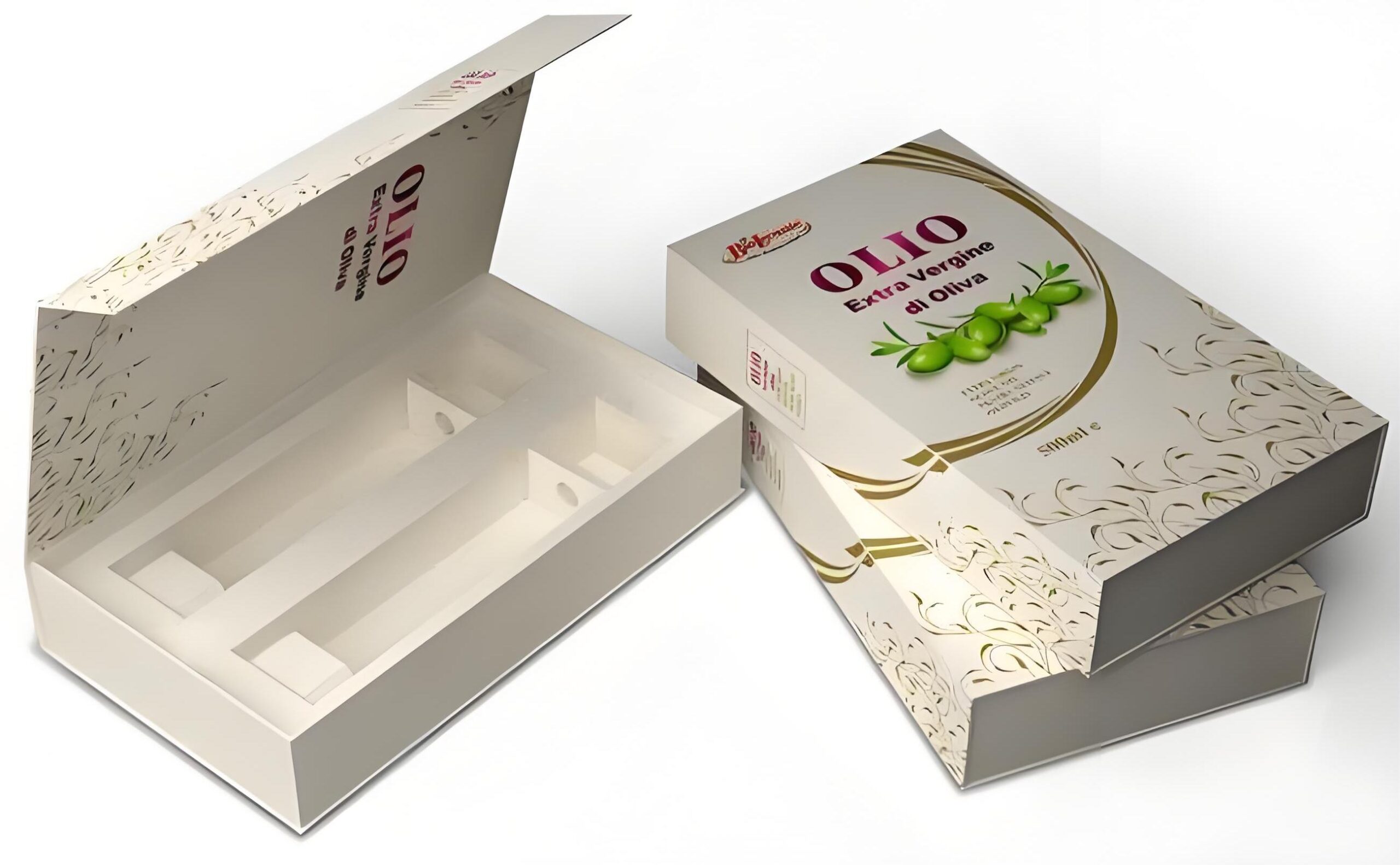Jelly glue (animal protein glue) is a safe and environmentally friendly adhesive with advantages such as good bonding strength, no irritating odor, and no formaldehyde. Therefore, it is often used in printing and packaging factories such as gift box factories, mobile phone box packaging factories, and book factories, and is very popular among manufacturers. Based on our daily experience in using glue, I would like to share with you how to use jelly glue and the precautions for its use:
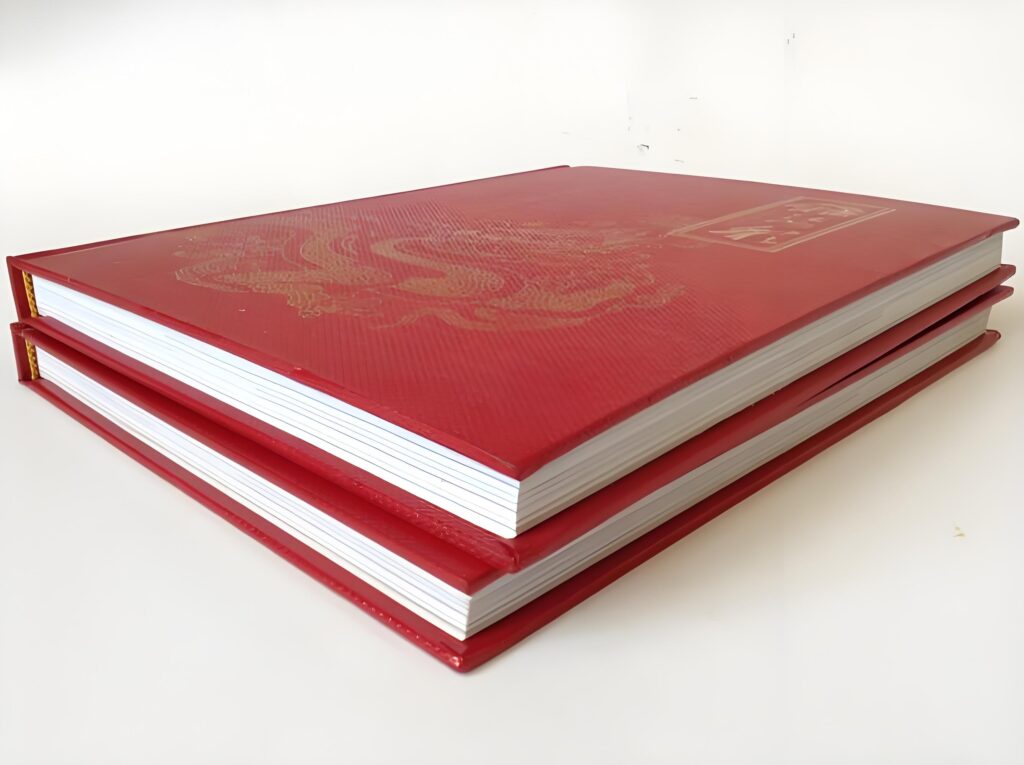
How to use jelly glue
Jelly glue needs to be melted in a 60-65℃ sol machine, and according to the viscosity requirements, hot water is added at a ratio of 2%-5% of the weight of the glue to restore it to a glue liquid, at which point it can be bonded. According to the characteristics of jelly glue, when the temperature drops, the glue will solidify from liquid to solid again.
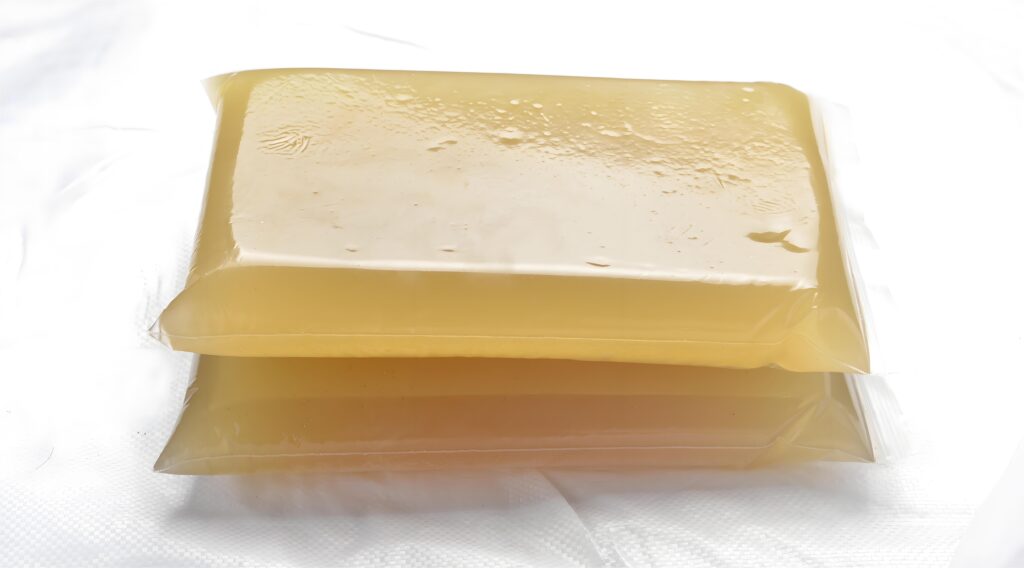
Therefore, if the manufacturer uses it in winter, the overall ambient temperature is relatively low, the air humidity is low, and the glue cools down quickly, so the temperature of the dissolved glue can be appropriately increased. The workers should also speed up their actions when bonding. On the contrary, if the manufacturer uses it in summer, the temperature in the operating workshop is relatively high and the air humidity is high, so the temperature of the glue can be appropriately lowered.
Note 1. Correct amount of glue
Many manufacturers may think that applying more glue will achieve better results when using glue. Still, in reality, the higher the amount of glue applied, the worse the bonding effect will be. This is mainly because the bonding effect depends on the material being bonded. As long as the glue can reasonably penetrate the material and does not cause paper deformation after drying, it is the best amount of glue applied.
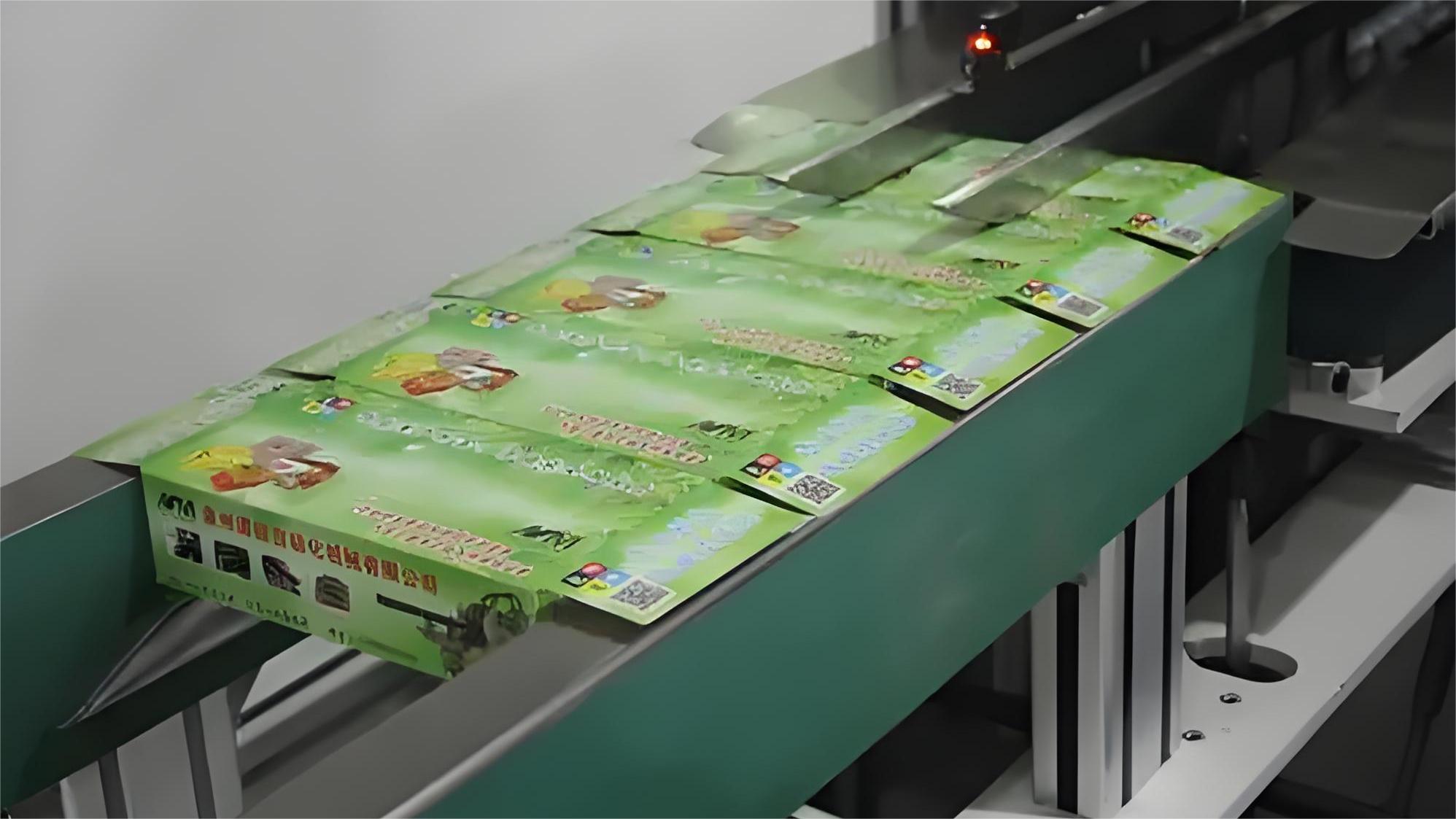
Note 2. Choose the right jelly glue
In the eyes of many manufacturers, as long as it is jelly glue, the purpose of the product is the same, but in actual situations, if the wrong glue is used, the final product may appear falsely sticky or debonded. Jelly glue is not only divided into high-speed, medium-speed, and low-speed glue but also has different corresponding solid contents. Therefore, when choosing glue, everyone should test the performance of the glue in advance. Only when the tested glue has no problems can it be used on large-scale production lines.
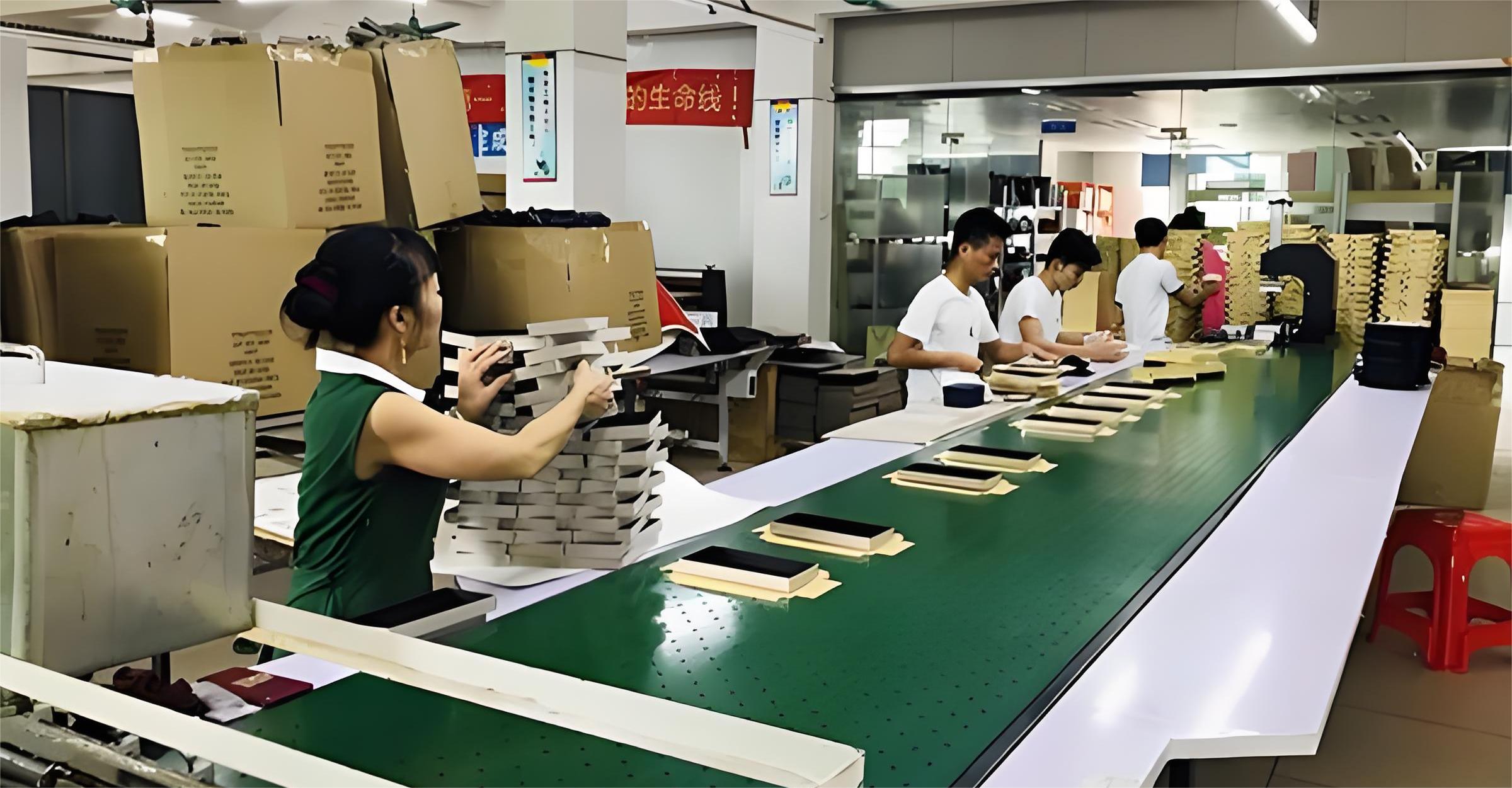
Note 3. Pre-treatment of bonding materials
Because jelly glue is different from other chemical solvent glues if the paper surface to be glued contains grease or plastic, the final product is likely to be falsely adhered. For this special adhesive material, we recommend corona treatment of these materials to destroy the grease or plastic on the surface, thereby increasing the penetration and adhesion of jelly glue.

Note 4. Stir the glue
When using jelly glue, it is recommended that manufacturers stir the dissolved glue appropriately to avoid the situation where the glue does not melt completely and some of the glue is still solid. If this glue is used to bond products, insufficient bonding strength may occur.
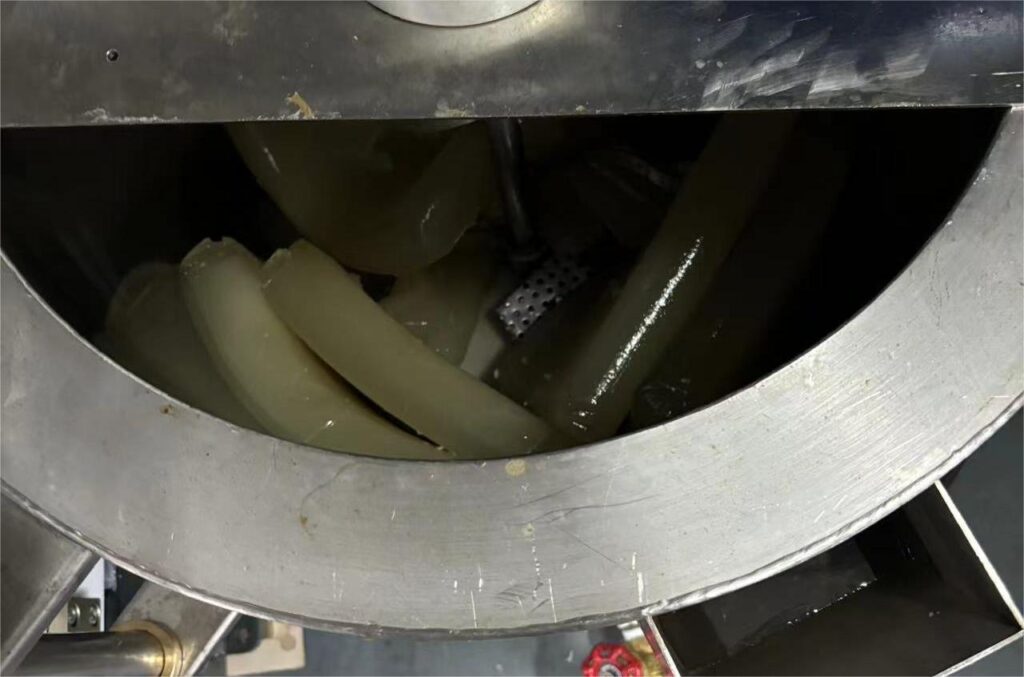
I hope everyone can pay special attention to the above 4 precautions when using jelly glue to avoid situations where the glue cannot adhere. If you have other questions about jelly glue, you can also consult us.
